
Can You Put a Tent in the Dryer Safely?
Can You Put a Tent in the Dryer Safely? Published February 4th, 2023 by Allen Campbell Well, it’s no secret that a tent is a
Published June 14th, 2022 by Allen Campbell

If you like entertaining outside, you might consider purchasing an outdoor structure for your house. Because of the high humidity and heat, you may create the atmosphere of a tropical island in your own backyard with one.
A palapa may be ideal for summertime entertainment, whether you want to enjoy ice beverages or Mexican beer. Similarly, a tiki hut can also be a good choice.
In this article, I’ve discussed whether you should go for a palapa or a tiki hut and have also discussed the differences between the two.
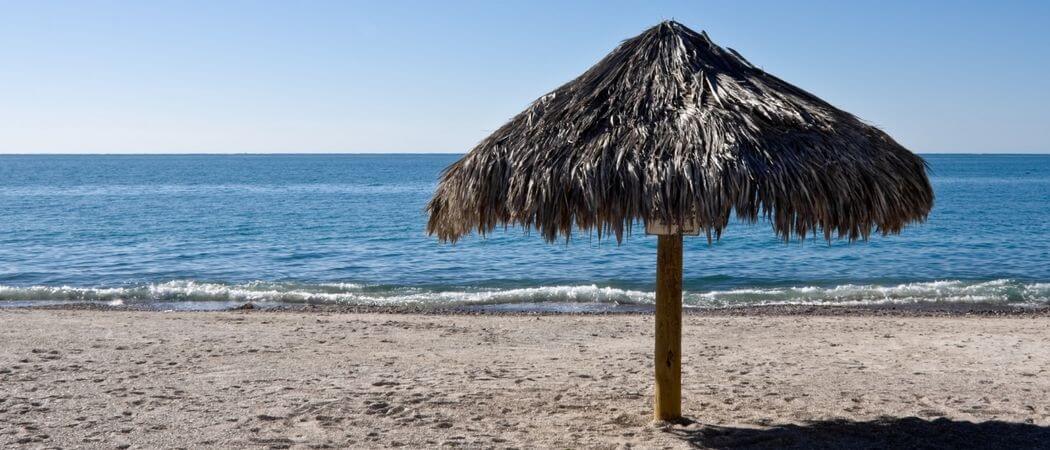
The difference between palapas vs tiki huts is that a palapa is an outdoor structure that may provide additional shade and seats for outdoor entertaining. It has the appearance of a tiki hut and may give your home the sensation of a tropical island.
A thatched roof is supported by a network of carved wooden pillars on a palapa. And once inside, you’ll feel as though you’ve walked into a cabana on a Mexican beach. Palapas may also be used to create an outdoor kitchen with a built-in workplace and bar.
You may also place tables around the posts so people can drink and eat while standing around. The built-in bar is ideal for creating tropical drinks while grilling steaks and prawns. Cabinets and shelves for plates, glasses, and culinary equipment may also be added.
You may also include a tiki hut-style playground with swings, slides, and ropes so your kids can have fun in a tropical paradise. However, you may also relax on a wood-hewn porch swing under a grass roof.
A palapa may be a terrific way to add some additional privacy and ambiance to your hot tub while you relax. Also, if you operate a company and want to provide more outside area for your customers, a palapa might offer them a reason to come outdoors and remain on your premises longer.
You’ll have an excellent location for outdoor entertainment with matching tables and bar stools that offer a tropical atmosphere. If you desire a patio bar, you may personalize the room with Mexican tiles, concrete, or wood, depending on your design preferences. It’s also ideal for outdoor showers and restrooms, which may serve as excellent changing places for your visitors.
Palapas have traditionally been located throughout the western Mexican coast. However, they have also gained popularity in Florida, Texas, and California, owing to the warmer conditions present in these states.
Palapas are ideal for homeowners who wish to give their backyards a tropical feel since they are an essential component in establishing this ambiance. Their costs vary according to size, but the price of a bespoke design might differ substantially.
Because thatch is a natural substance created from plants, the worn parts will need to be replaced every four to six years. Fortunately, this procedure is simple. Simply remove the thatch pieces from the supporting frame and replace them to cover the palapa.
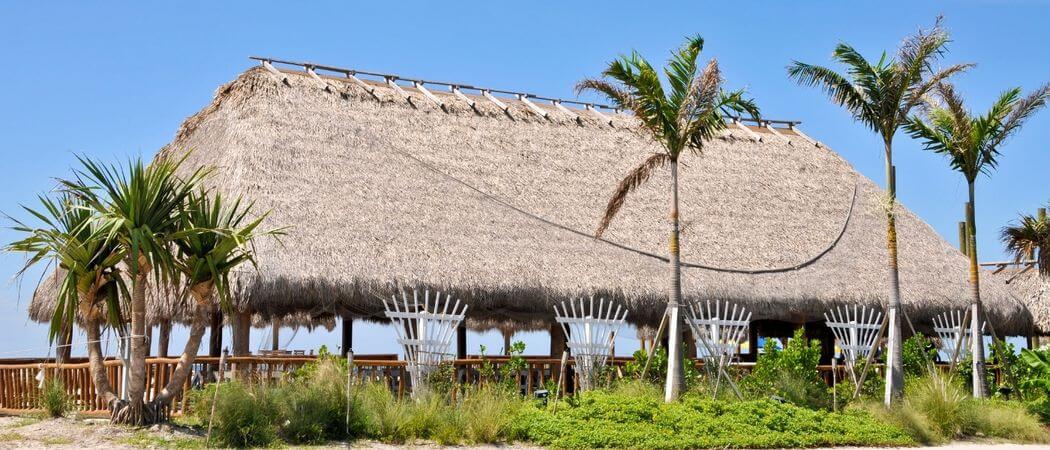
The Seminole and Miccosukee tribes from Florida are responsible for the construction of these houses at the beginning. The 1800s were a terrible period for Native Americans, and the Seminole and Miccosukee tribes survived the volatile time by being able to move about readily.
Because of this, they needed a shelter that could be set up and taken down fast, and they did this by using teepees. Cypress longs, and palm fronds were abundant in the Everglades, where they took refuge after their defeat.
Tiki huts went out of fashion in the 1970s, but the good news is that they have been making a resurgence recently and can now be seen at pubs, restaurants, and even backyards around the country. Your garden may be transformed into a tropical paradise with the help of Tiki huts, which provide the ideal combination of design and comfort.
Tiki huts are famous not only for their good looks but also for their capacity to maintain a comfortable temperature and maintain a dry environment inside them. They are a popular option for an outdoor bar and feature a traditional island aesthetic that makes them an excellent choice for hosting gatherings.
Suppose you wish to bring the feel of the tropics into your house or place of business. In that case, you’ll enjoy the many advantages that thatch buildings have to offer, including the fact that they are:
Structures made of thatch may serve as a focal point for the overall concept and design of your outdoor company. Make your hotel, eatery, amusement park, or zoo stand out from the competition by doing the following:
Most people mistake a palapa for a tiki hut, but there are critical distinctions between the two. For example, the differences between palapas vs tiki huts is that a palapa has supports that go directly under the roof, but a tiki hut often has structural supports around the outside.
One or two poles are used to construct two of the most prevalent forms of palapas. Palapas are sometimes mistaken for thatched umbrellas due to their use of a single bar to support the roof.
A palapa is usually linked to some kind of permanent structure, while a thatched umbrella may be relocated. A thatched umbrella may also be folded, something a palapa cannot due to its rigid construction.
Both these structures come with thatched or synthetic roofs. Here are the pros and cons of the thatched roof. You can decide for yourself ahead!
In this article, I discussed what difference between palapas vs tiki huts. Make sure you research well before buying, as it is essential to be familiar with whatever you’re purchasing.
The right thing for you depends on your requirements. Read this article and see which one appeals to you more and go for that one. You can also look at other tents which can potentially add to the beauty of your home.

Allen is a full time writer at Mastercanopies.com and enjoys traveling around the United States and exploring nature. He enjoys writing about canopies as he believes they are extremely crucial in having a successful camping trip whether it be a trip to the beach, mountains, or the open plains.

Can You Put a Tent in the Dryer Safely? Published February 4th, 2023 by Allen Campbell Well, it’s no secret that a tent is a
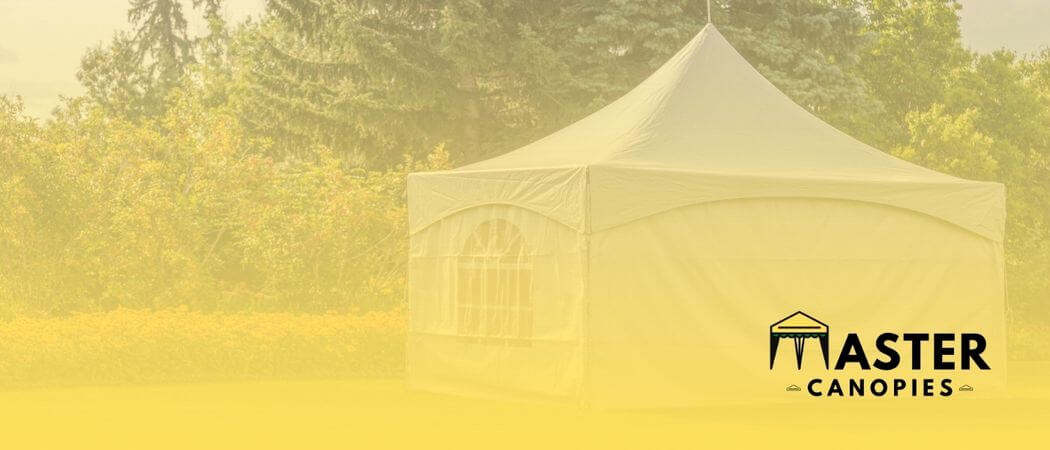
How to Print on a Canopy: How to Print Custom Images/Logos Published February 4th, 2023 by Allen Campbell Do you want to print something special
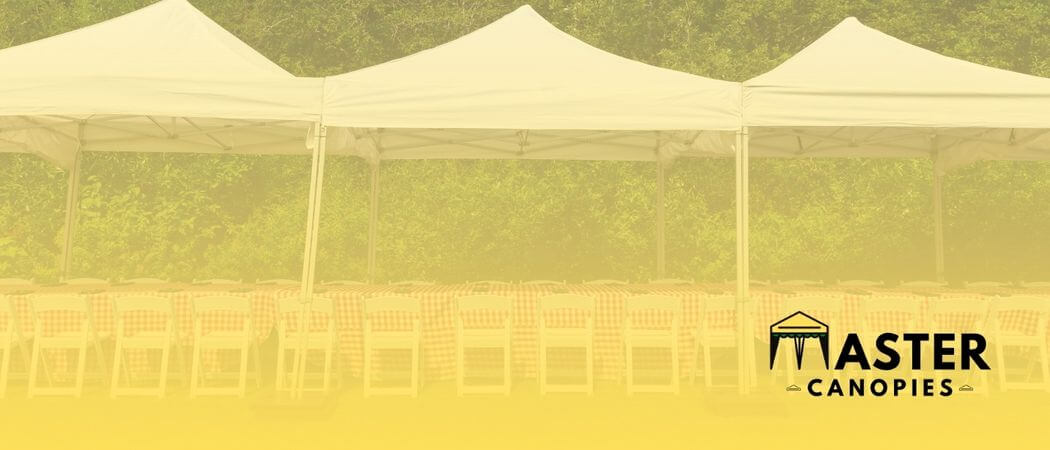
How to Choose the Best Outdoor Event Flooring for your Next Celebration Published January 31st, 2023 by Allen Campbell Planning an outdoor event can be

How to Insulate a Tent for Winter and Keep Warm Published February 3rd, 2023 by Allen Campbell Is your tent the last frontier when it

Wolfwise Beach Tent Review: Should You Buy It? Published January 23rd, 2023 by Allen Campbell Are you planning a beach vacation but don’t know exactly
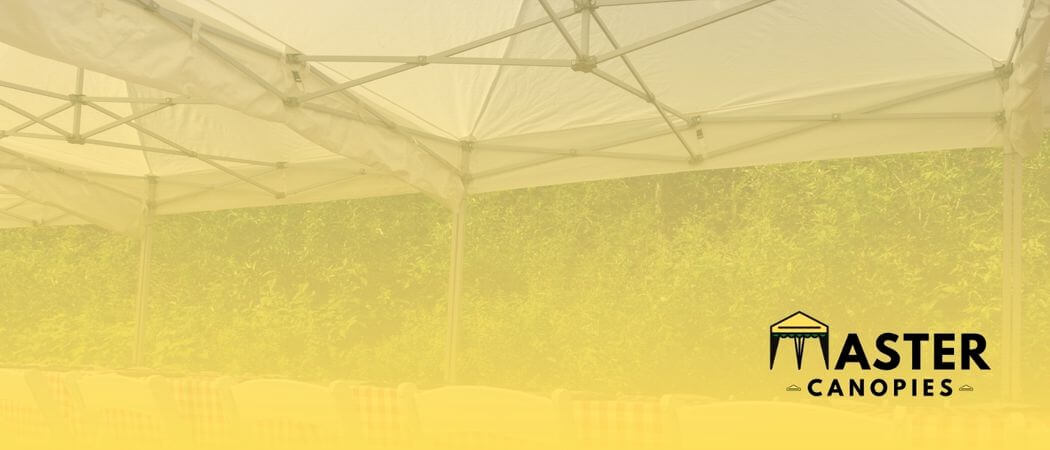
How to Start a Tent Rental Business (and have Success with It!) Published January 23rd, 2023 by Allen Campbell Do you have a knack for

Wolfwise Beach Tent Instructions: Easy Setup Guide Published January 23rd, 2023 by Allen Campbell Let’s face it, setting up a beach tent can be tricky…
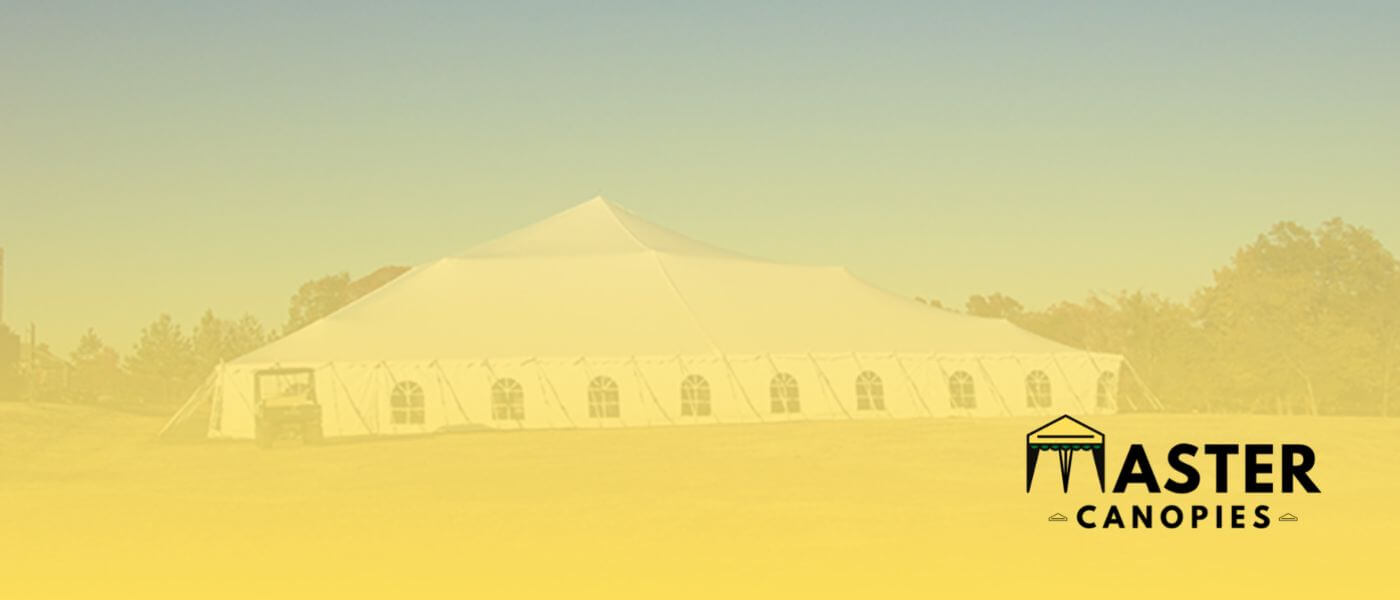
Best 100×100 Tents for Large Gatherings and Parties Published January 12th, 2023 by Allen Campbell Finding the right tent for your next event can be
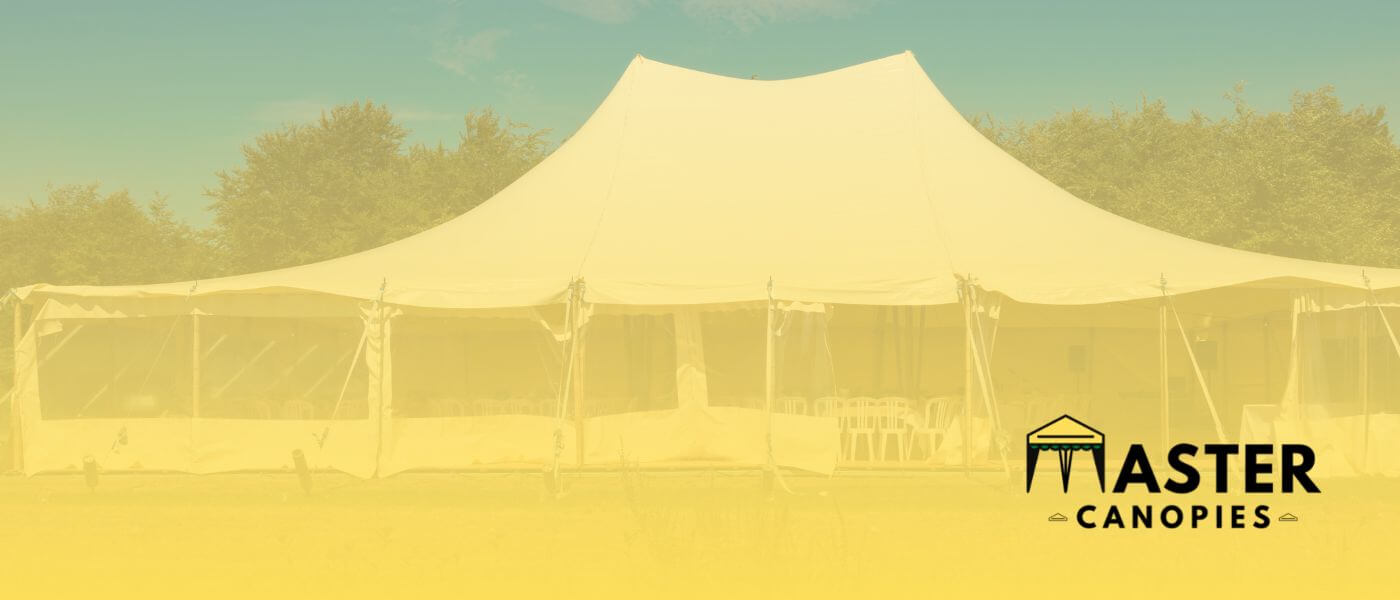
Best Tent Rentals in Downers Grove, IL Published January 12th, 2023 by Allen Campbell Hoping to make a big impact in Downers Grove? Well, if

Master Canopies is here to bring you the best canopies for the outdoors so that you can enjoy the fresh air without the gleaming and burning light of the sun.

Master Canopies is here to bring you the best canopies for the outdoors so that you can enjoy the fresh air without the gleaming and burning light of the sun. As an Amazon Associate, we earn from qualifying purchases.